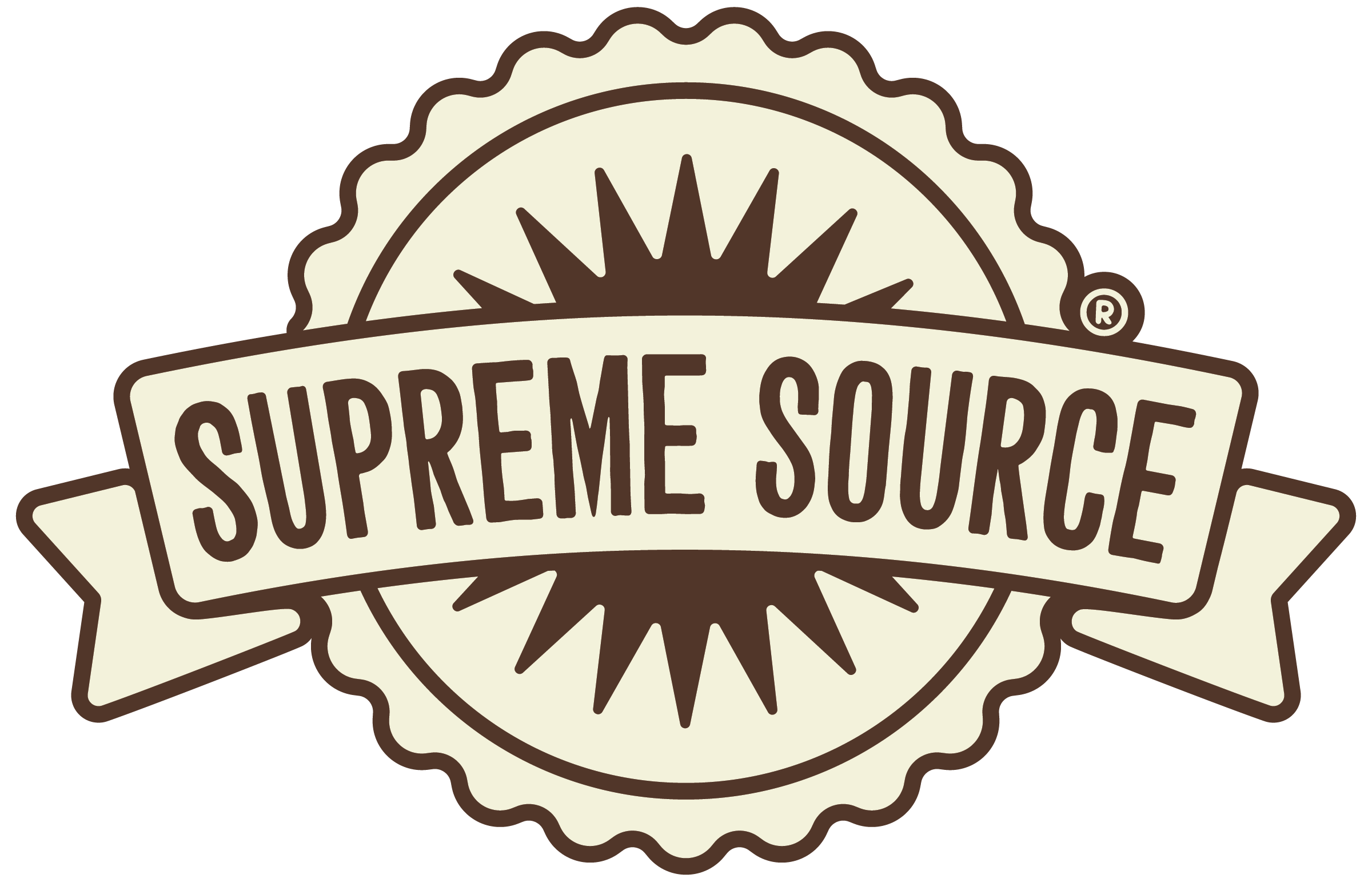Have you ever seen an adorable Great Dane puppy just demolish their dinner only to give those irresistible "more food, please" eyes? The reality is, their puppy dog eyes may not accurately reflect their true needs. After all, dogs evolved to win over their human companions, and they're remarkably effective at it! During their explosive growth phase, large-breed puppies can gain substantial weight every week, making large-breed puppy feeding guides essential for responsible pet owners.
Unlike smaller breeds that mature closer to their first birthday, large-breed dogs mature at 18-24 months of age. During this long growth stage, your puppy may have trouble with bone development and weight control, which can have a big impact on the health of their joints in the future.
Large-Breed Puppies Demand Specialized Nutrition for Their Developmental Needs
The difference between feeding Chihuahua and German Shepherd puppies isn't just about portion size—it's about entirely different patterns of physiological growth. To meet their developmental needs, large-breed dogs must balance the growth of their bones, joints, and muscles. It's similar to building a house of cards: rush the base layer, and the entire arrangement can come crumbling down.
If large-breed puppies grow too quickly, their skeletal systems may not be able to keep pace. Research indicates that overweight puppies are a lot more prone to hip dysplasia, where the ball-and-socket joint doesn't fit properly, causing grinding instead of smooth movement.
Underfeeding produces issues as well: nutrient deficiencies can cause the puppy to grow too slowly, suppress their immune systems, and delay the development of muscles and brain activity.
Understanding Breed Nutrition
Understanding your puppy's ideal breed nutrition requirements can make feeding your puppy easier by helping you recognize their nutritional signals and avoid overfeeding, underfeeding, or misinterpreting their appetite.
A puppy's appetite may not always be equated with nutritional requirements. Voracious eating doesn't necessarily mean they need more or less puppy food, and "picky eating" often indicates overfeeding rather than food quality issues.
Unlimited Puppy Food: Convenient, but Harmful
While free-choice feeding can be convenient, it strongly increases the risk of developmental orthopedic disease. When puppies have unlimited access to a large amount of food, they tend to convert those extra calories into excessive growth before accumulating fat mass; even slightly overweight large-breed puppies can grow at unsafe rates.
Fortunately, though, overfeeding puppy food manifests predictably. Your puppy will be lethargic and reluctant to move, with a rounded belly, no visible waist, and ribs difficult to feel under excess fat.
Too Little Dog Food Can Be Tough to Recognize
Unfortunately, unlike overfeeding, underfeeding isn't always simple to recognize. Occasionally it will manifest as highly visible ribs, severe waist tuck, and persistent low energy; other times it'll be more subtle. The "rib test" is invaluable here—feeling ribs should require moderate finger pressure, like pressing on the back of your hand with only thin fat coverage. Body condition scoring charts provide detailed guidelines for accurate measurement.
Because these signs are subtle, pet owners sometimes switch to adult dog food too early, or they misinterpret their puppy's lean appearance as healthy when the puppy is actually underweight.
Why a Puppy Feeding Chart Beats Guesswork
Eyeballing it will not work for big puppies. Instead, start with a puppy feeding chart as a guideline and then adjust based on your puppy's current weight, stage of growth, and level of activity.
Body condition scoring is more important than watching the scale. You should be able to easily feel your puppy's ribs, which should have a thin fat covering but remain visible. From above, you should see a clear waist; from the side, a slight abdominal tuck. Veterinary body condition guides provide detailed assessment techniques for tracking your puppy's growth.
So, how often should you be feeding your puppy? Start with four meals a day from 6 to 12 weeks of age. Then reduce the feeding frequency to three times daily from 3 to 6 months, and switch to twice daily after reaching six months of age. This consistency supports healthy digestion and house training while following established feeding guides for optimal growth.
Premium Dog Food Makes the Difference
Standard puppy foods can work against large-breed puppy health because they're designed for small breeds with rapid growth patterns. Formulas like Supreme Source contain controlled calcium levels (AAFCO sets the maximum at 1.8% dry matter for large-breed dogs) and maintain ideal calcium-to-phosphorus ratios.
Large-breed puppies need at least 22.5% protein (AAFCO requirement for all growth diets) for muscle development. High-quality formulas carefully balance phosphorus levels to ensure healthy bone formation. High-protein dry dog food formulated for large breeds includes DHA for brain development and has a palatably low energy density to prevent rapid growth that could strain the joints.
Premium dog food with high-quality ingredients can provide improved nutrient profiles and uniformity. Opt for complete and balanced nutrition with premium protein sources such as beef and chicken. You should also look for other nutritious ingredients, such as apples and lentils, to offer a balanced mix of fiber, vitamins, and minerals.
Limit Dog Treats and Establish Sustainable Feeding Routines
Feeding meals at the same time every day can help regulate digestion and support healthy house training. Use separate dishes and feed in quiet places, then take away any leftovers after 30 minutes. Don't worry, your puppy won't starve if they miss a few bites.
Healthy dog treats should be limited to only 10% of your dog's total daily calories, and you should include them in your overall caloric calculations. Sweet potato dog treats can be a healthy part of your puppy's diet if given sparingly. Fresh water should always be available.
Dog Food with High-Protein and Smart Feeding: A Lasting Investment
High-quality puppy feeding guides should always recommend regular vet consultations and growth monitoring. Getting nutrition right sets the foundation for lifetime joint health, strong bones, and energetic adventures.
When you combine complete and balanced nutrition like Supreme Source's high-protein dry dog food and sweet potato dog treats with careful portion control and regular monitoring, you're giving your puppy the best possible start.
If you're ready to give your large-breed puppy the nutrition they deserve, find Supreme Source pet food at a store near you and start building healthy habits that will last a lifetime. Your future adult dog—and their joints—will thank you for today's healthy choices.


